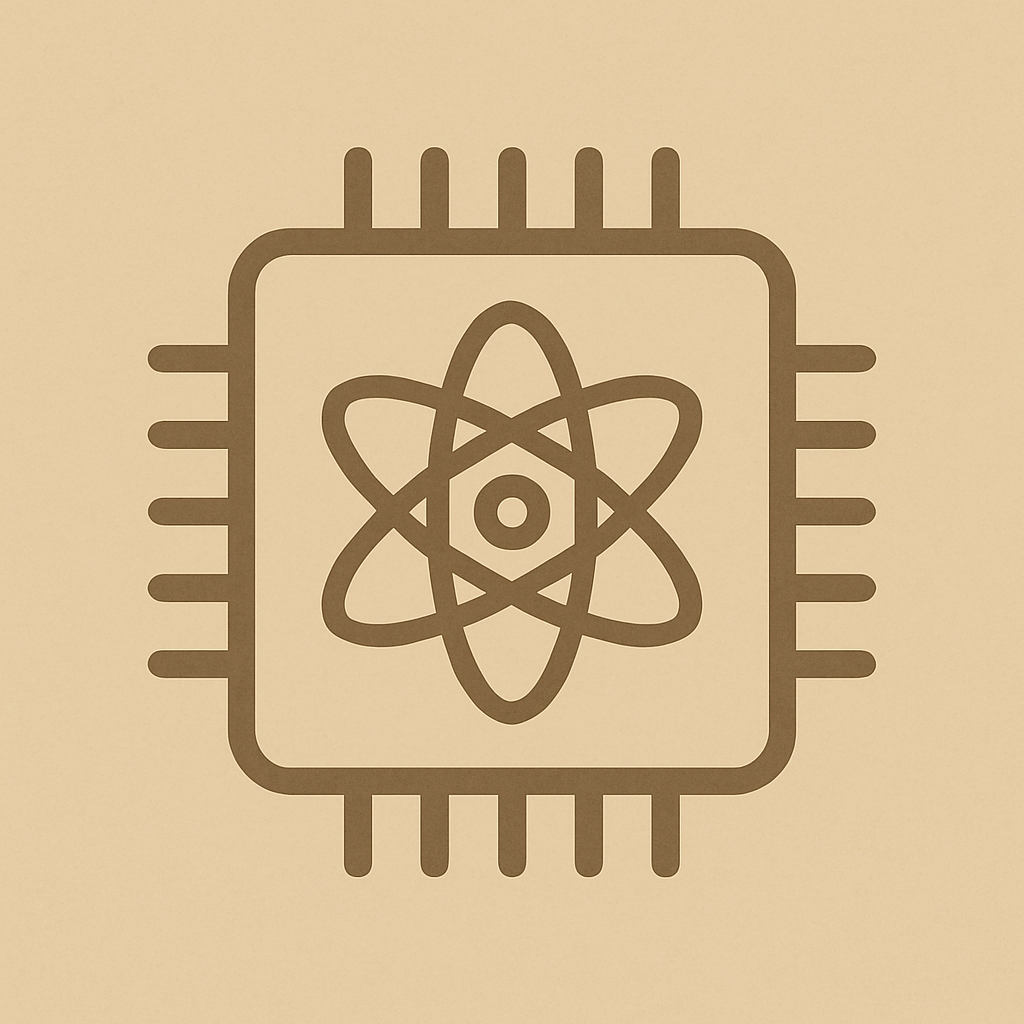ADAPT MLIP Framework Page

Lightweight, long-range machine learning force fields without graphs.
Students/Post Docs:Evan Dramko (Rice CS)
Yizhi Zhu (Rice MSNE)
Professors:
Anastasios Kyrillidis (Rice CS)
Chris Jermaine (Rice CS)
Geoffroy Hautier (Rice MSNE)
Thomas Reps (UW-Madison CS)
Past Collaborators:
Yihuang Xiong (Dartmouth Engineering)
MLIP/MLFF Overview
The design of advanced materials begins with determining stable atomic configurations. Given a candidate material or structural sketch, engineers must predict the exact arrangement of atoms that will actually form. This process is characterized by the Potential Energy Surface (PES) — a function mapping atomic positions (and, in principle, environmental conditions) to total system energy. In practice, we typically fix the atoms and environment, leaving the PES as a function of atomic locations alone. Stable structures correspond to local minima on this surface: low-energy configurations that can persist physically. These metastable states ultimately determine the properties of the material. To locate such structures, atomistic modeling typically uses relaxation: starting from an initial geometry, the system iteratively descends along the PES until it reaches a minimum. The standard computational tool for this is Density Functional Theory (DFT), which approximates electron interactions to compute the energy and forces of a given configuration. By following the forces (essentially gradients of the PES), DFT drives the system towards a steady-state.
While accurate, DFT is computationally expensive. A single relaxation trajectory may take ~8 hours on a high-performance cluster, creating a major bottleneck in materials design. To accelerate this, researchers are increasingly turning to machine learning force fields (MLFFs), also called machine learning interatomic potentials (MLIPs). Trained on DFT-calculated energies and forces, these models can evaluate new configurations in seconds rather than hours. In many workflows, MLFFs are used for rapid pre-relaxation, with DFT performing the final refinement. Our work explores how advancments in machine learning can be leveraged for this task. As an area of ongoing research, we maintain a list of our contributions relevant to this task.
Contributions:
ADAPT: Graphless Force Fields
Dramko, Evan, et al. “ADAPT: Lightweight, Long-Range Machine Learning Force Fields Without Graphs.” arXiv preprint arXiv:2509.24115 (2025). Zenodo; Github
The majority of existing MLFF works utilize graph based neural network (GNN) strategies. GNNs offer rotation and translation equivariance and are a natural fit to the way we often diagram atomic structures. Motivated by the case of crystal defects, we show that the use of direct Cartesian Coordinate systems rather than graphs allows for efficient computation of all possible pairwise interactions through self-attention. The effect of exact distance measures and global interactions is a 33% reduction in prediction error on a defect dataset. Below, we show a side-by-side comparison of the actual vs predicted forces for ADAPT (left) and MACE (right).


We also show that conventional metrics such as MSE or MAE on atomic positions are insufficient for defect systems. Minor perturbations in the bulk lattice dominate these errors, washing out errors near the defect center — the region most relevant to physical behavior. Since DFT refinement can easily correct small lattice deviations, evaluation metrics should emphasize local correctness at defect centers, not uniform accuracy across the crystal.
Fine-Tuning of MLIPs Through the Lens of Iterated Maps
Dramko, Evan, et al. “On The Finetuning of MLIPs Through the Lens of Iterated Maps With BPTT”
We propose a fine-tuning method to be used on a pretrained MLIP in which we create a fully-differentiable end-to-end simulation loop that optimizes the predicted final structures directly. Trajectories are unrolled and gradients are tracked through the entire relaxation. We show that the we acheive a roughly 50% reduction in error after a few epochs of fine-tuning. Importantly, this does not increase the data requirements to create a model, handling a key limitation for many practioners in creation of MLIP models.
Iterative maps view: We define a function frame by predicting forces and making a structural update step. We connect the process of structural relaxation to an iterative application of frame, and treat the relaxation as training through this iterated map.